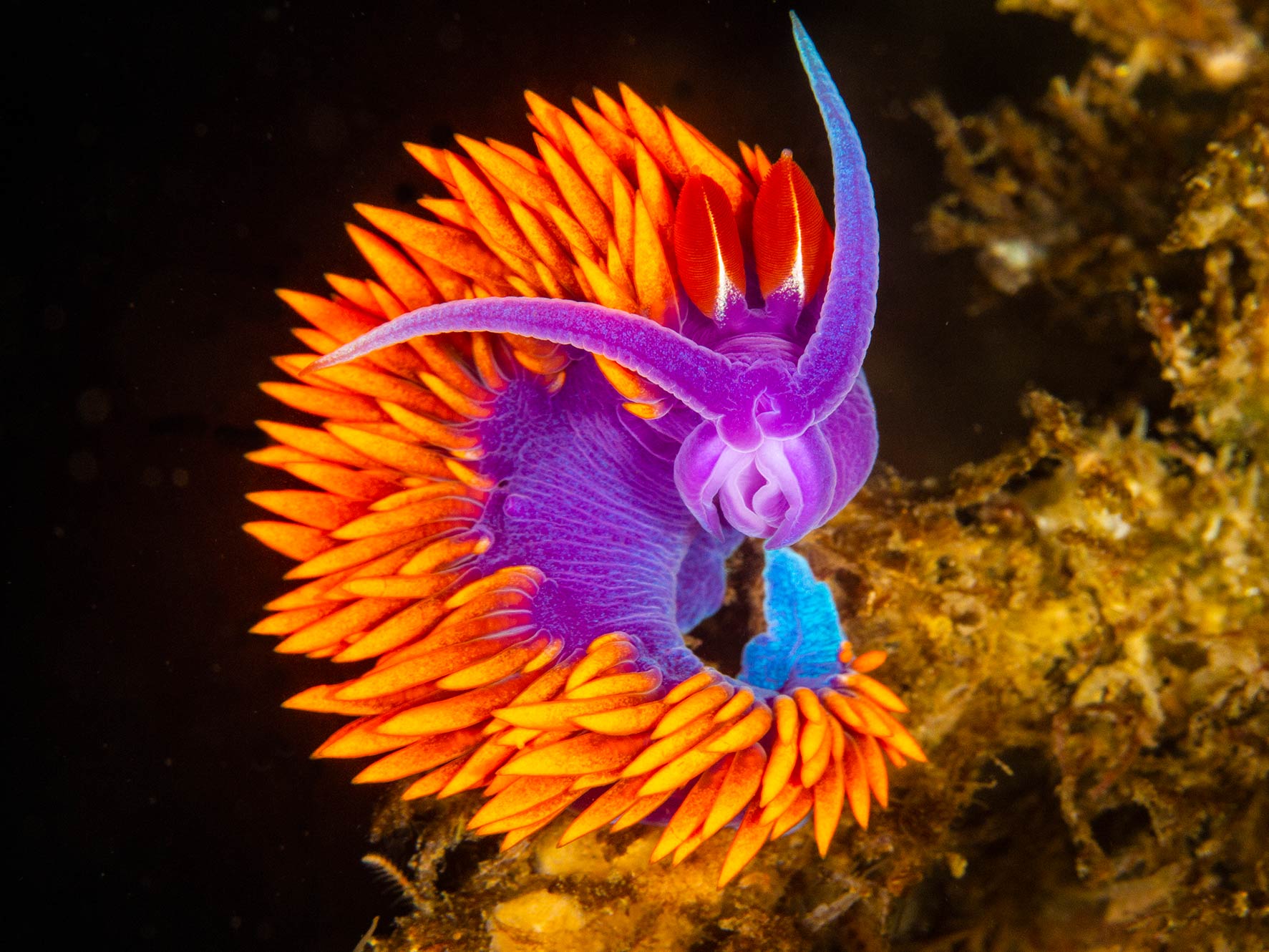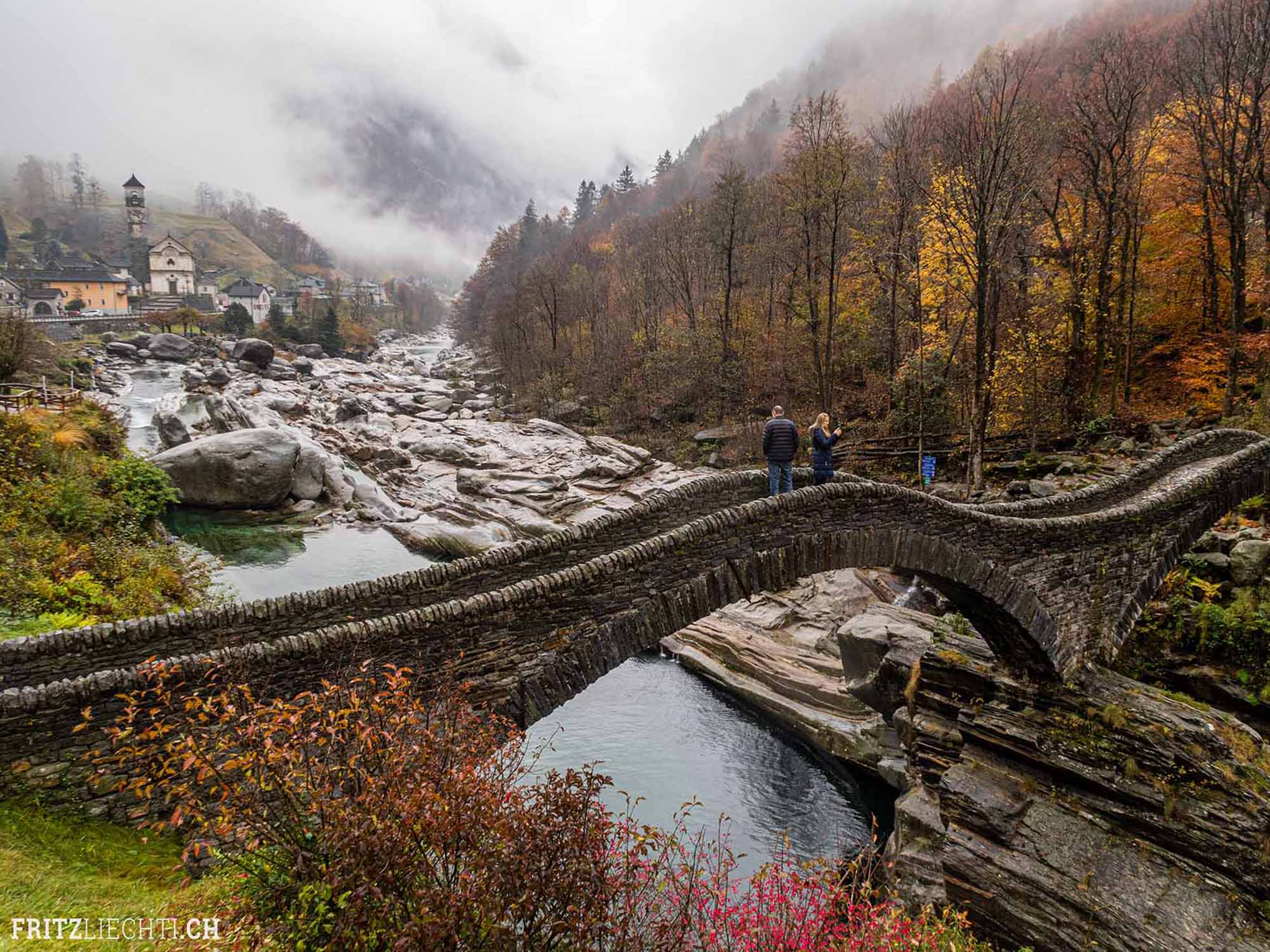By Logan Wood
One of the most fundamental and important settings in underwater videography is white balance. As underwater videographers, we rely heavily on manually setting our white balance to correctly render colors in often colorless environments. This video will cover the way we set our manual white balance on the compact mirrorless Canon R7 camera.

Getting your white balance correct is the difference between these two images. © Logan Wood
Before we start, let's address auto white balance. Unless you’re using bright video light, I would stay away from auto white balance. Unlike RAW photos, it is near impossible to change your white balance at your computer. Seriously, it can make or break your footage and your camera will be constantly changing the look of your video in the middle of recording. So, when you’re shooting with sunny, bright natural light we recommend using a custom white balance.
Watch the full video on YouTube.
What is white balance?
The first step to white balancing correctly is understanding what it is and how to change it. The purpose of white balancing is to render colors correctly, especially neutral colors like white or grey. By correctly balancing white or grey, the camera can tell how to render other colors on the spectrum.
White balance is measured in color temperature, or Kelvin, with colors getting cooler as the number gets higher. You’ll find preset white balance temperatures in your camera, but for underwater, and for the most true-to-life colors possible, you’ll want to manually set your white balance.

Here you can see the difference between a good and a bad white balance. If your videos are coming out too green or blue, you’re going to want to tweak your white balance setting. © Logan Wood
How to manually set your white balance
To manually set your white balance, the camera needs a picture of something white or grey. I just got back from diving in the Bahamas, where the water is crystal clear and the sand is white. So I found it easiest to take a properly exposed photo of the sand at the bottom, or simply put my hand in front of the lens.

If can’t use your hand or the sand, I found my buddy’s scuba tank to work well too. © Logan Wood

If you want a fail safe option, you can also pick up a set of white balance cards that tether to your system or BCD.
Manually white balancing the Canon R7

Canon’s menu system is similar across models, but for this demo we're using the Canon R7.
If you’re in Video Mode > switch to Photo Mode > snap a picture > go back to Video Mode. Press the Menu button and go to the third page of the first camera icon menu. Your first option will be “White Balance” click on that > select the Custom White Balance option.

Next go to the second option, “Custom White Balance” and the photo you took earlier should now appear. Press the center button to set the image > press the center button again to confirm. The camera will then save that information and apply it to your custom white balance setting.
It seems like a lot of steps, but over time it will become muscle memory. Fortunately, Canon’s menu stays in the same place as you leave it, so if you stay on the “Custom White Balance” option you can easily re-white balance by switching back to Photo Mode > take a quick photo > press Menu > Ok > Ok > Ok.
When to white balance?
The reality we all know too well is that the density of water consumes all the pretty colors we want to capture, and we lose colors the deeper we go. For that reason, you’ll want to get in the habit of manually setting your white balance whenever you change depths. Again, it might seem like a lot of work but the more you do it the faster you’ll get it.

If you’re following a standard dive profile you’ll want to jump in, descend to your deepest depth, set white balance, and as you ascend throughout your dive change your white balance. You may also need to reset white balance if the environment changes dramatically, like from sunny to cloudy or vice versa.
A good rule of thumb is if you have to equalize, it's time to white balance.
If you’ve set white balance deeper and then go to a shallower or sunnier spot, you will notice the water towards the surface will start to actually look red. This is a sign that you need to re-white balance. I also find this can happen if I’m white balancing on an object below me in my shadow, like the sand, and then lifting the camera up to shoot in front of me. You want to white balance in the light you’re using in the final image.
With all that being said, manual white balance will have no positive effect below 45 to 60 feet, even in the best conditions. If you’re filming at those depths you’re going to want to use some bright video lights.
How do I know if I've manually white balanced correctly?
Now we know what white balance is, how to manually set your camera’s white balance, and when you should set it while filming underwater. But how do you know if you’ve manually white balanced correctly? What should you look for in the colors of your image?
This can be tough as colors disappear at different depths, and it depends on your environment and visibility, but usually a good indicator are skin tones. While everyone’s skin tones are different, it’s safe to assume that if someone is green or blue, you haven’t white balanced correctly.

Remember, water is dense, so something 6 feet in front of you isn’t going to have as many colors as something directly in front of you. So always white balance off something at a distance of about 3 feet or less.
However, if you’re below 60ft then all you’re going to get is green and blue anyway, because at that depth the colors that naturally appear in any skin tone are gone. If you’re above 60ft, where the warm yellows, oranges, and reds still exist, you can also check the color of sand. Again, if it looks too green or blue, as opposed to more white, then you need to white balance again.
Limitations
While modern consumer cameras have made great advancements, video files still store much less information than a RAW photo, especially entry level cameras. So the ability to push the colors and tones of your footage is still possible, but limited when compared to RAW photos. Think of it as a JPEG file, the colors are baked into the image itself, making it harder to work with.
If you’re interested in manipulating your footage beyond simple exposure adjustments, you’re going to want to get as close to true-to-life colors as possible, in camera. This way you can more easily manipulate individual colors and tones, rather than working with an image that is washed out by green or blue, and lacks any of other colors to begin with.
Manual white balance is so important in underwater video, and the last thing you want is your tropical footage looking like a swamp. So save this video, rewatch it, learn how to manually white balance your camera, and get ready for some amazing footage on your next shoot.

© Logan Wood

Logan Wood is a published photographer, cinematographer, and Producer at Ikelite. Stemming from a great appreciation for the outdoors and living an active lifestyle, his work focuses on capturing and sharing the natural world through the latest technologies. When not in the studio, Logan can be found cruising on his bike, going to concerts, and researching where to go next. You can see more of his work at loganwood.net and on Instagram @jlowood
Additional Reading
Setting the Tone: Color Grading for Underwater Photography
Canon R10 vs R7 // Best Crop Sensor for Underwater Photography [VIDEO]
Shooting a Surf Documentary in the Great Lakes with Matt Wagner [VIDEO]
Diving and Visiting Catalina Island [VIDEO]











![Custom White Balance for Underwater with Canon Mirrorless Cameras [VIDEO]](http://www.ikelite.com/cdn/shop/articles/manual-wb-cover.jpg?v=1676591383&width=1500)

